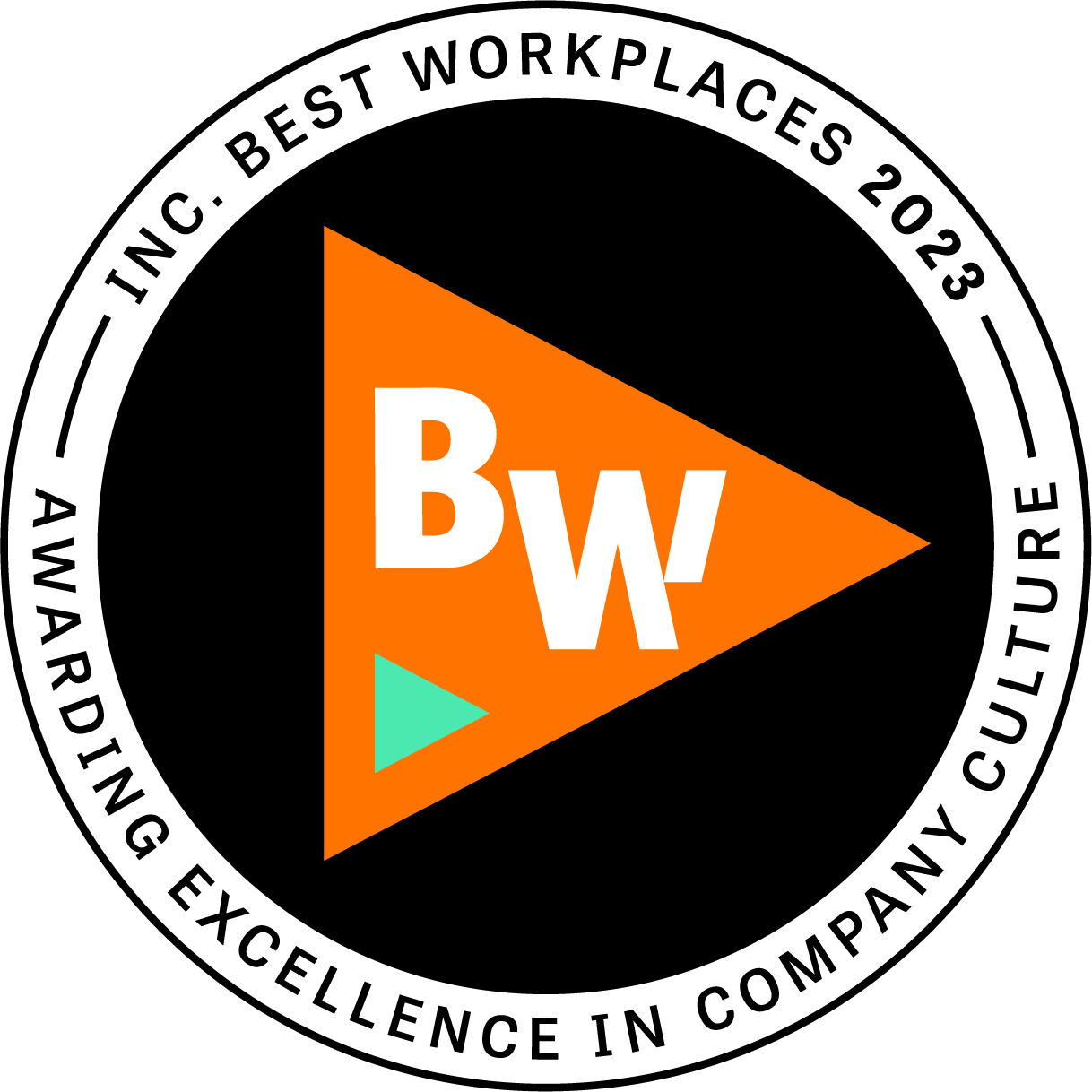Microsoft Inspire 2022 explored the company’s dedication to cutting carbon emissions – and challenged the notion that sustainability and efficiency are mutually exclusive. Microsoft’s growth and expansion is matched with a concerted effort to curtail emissions and advance a culture that is kind to both people and planet. Microsoft knows that actively expanding requires a constant and vigilant focus on emissions and carbon pollution – their 20% growth this year (propelled by both physical expansion into new data centers as well as their booming gaming business) also means combating greater emissions. But is this pursuit of cutting carbon detrimental to larger business goals, efficiency, and profitability?
Microsoft President and Vice Chair Brad Smith portended the urgency of the current environmental crisis and presented a call to action: “Humanity emits 52 gigatons of greenhouse gases every year, and we’ve got to get that down to what we call net-zero by the middle of the century.” The fight begins with transparency – Microsoft Cloud for Sustainability empowers businesses with the data to actually measure their environmental footprint. Measurement is essential, Smith urges, because “If you don’t measure it, everybody will feel good. They’ll say, ‘I’m working so hard, I must be doing good work,’ and it may not add up to anything more than sort of a false delusion.” Measurements can thus inform the creation of carbon targets across a company.
Empowering Microsoft’s work is no shortage of support and enthusiasm – people who work with and around them, directly and indirectly, are actively engaged and passionate about their efforts. The drive to protect the environment is not a solo effort – and the charge falls to every business, as well as to every individual.
Businesses may ask, then, if their drive to support net-zero emissions would necessitate monetary losses. Microsoft CVP of Sustainability Elizabeth Brinton quelled anxieties about having to pick either sustainability or profitability: “It’s not an either/or, are we going to grow, or are we going to do the right thing for people and planet?” Leveraging the Microsoft cloud to increase your organization’s efficiency can mean an increase in sustainability – your organization runs faster, and thus produces less carbon. Elizabeth offered the example of manufacturing – using Azure Internet of Things (IoT) and advanced analytics can help a manufacturing process become more efficient, and therefore less wasteful environmentally and economically.
A move to the Microsoft cloud in the pursuit of sustainable infrastructure is two-fold: one, a move to the cloud fuels business productivity, as a 2018 Microsoft and WSP USA study reminds us that “commercial cloud services can operate with greater efficiency than smaller, on-premises deployments thanks to large-scale dynamic provisioning and multitenancy, which allow for more efficient use of IT resources.” This heightened business efficiency with a migration from slow, costly on-premises infrastructure to the cloud cuts both costs and carbon — opting for a faster cloud solution wastes less energy. Indeed, the “Microsoft cloud is up to 93 percent more energy-efficient and can result in 98 percent lower carbon emissions than traditional enterprise data centers.” Thus, operational and environmental efficiency are linked, and the Microsoft cloud offers both.
Cloudforce is driven by the mission that technology should make lives easier – this includes making work and businesses more efficient. Efficiency can encourage sustainability – wasting less energy by achieving faster, more immediate solutions can help support environmental goals.
Curious how making the move to the cloud can maximize your organization’s efficiency? Contact us via the links below.

 by
by 







































